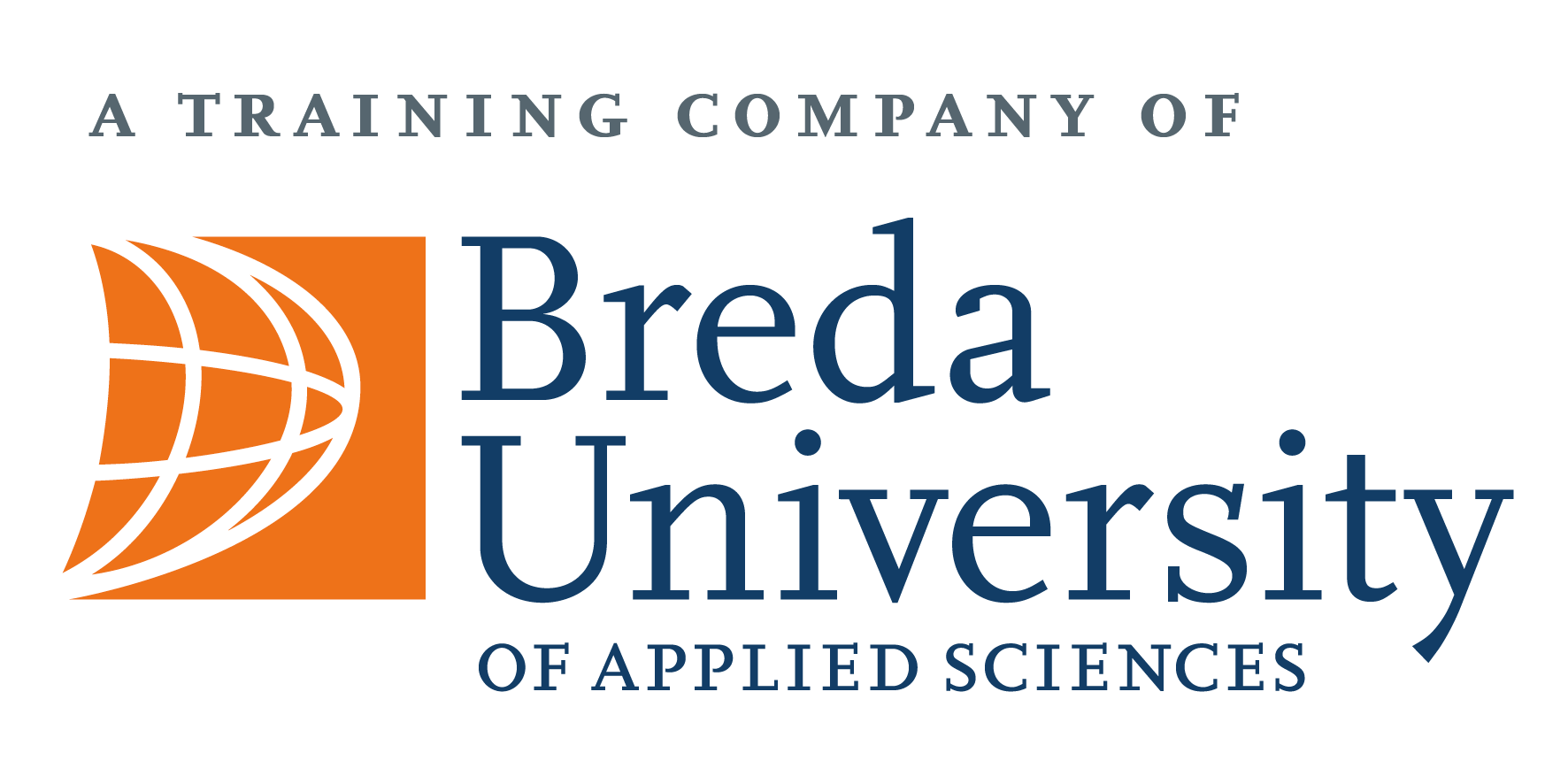Most of our generation are avid users of the Internet and all the services that it provides. But a thing which rarely gets talked about is how you can secure your digital self. I think everyone has a friend that got hacked or a virus that sends weird messages to your friends. But what can a person do to secure themselves? In my 6 years before my study, I worked at an Internet Security Firm where we helped customers create and service their security solutions. Through that, I have gained a lot of information about Internet Security which I gladly want to share with you.
Using different passwords
The first thing that most people know but don’t really practise is to stop using the same password repeatedly. The reason why most people don’t do it may also lie with the hassle of needing to learn new passwords for every different service. But there are great tools that can help you keeping track of different passwords. This way you only need to remember one password but in case a hacker got access to passwords of their users it would only be limited to this platform.
In order to keep track of all your password, several password managers can help you. Most of them have password generators, options for secure notes for the platform as well as options for 2 Factor Authentication which I will explain next. The main options are LastPass(free), 1Password or even the Google Password Manager(free) . All these services are hosted online, which makes it easier for the user to have all passwords on all platforms. If you don’t want this information stored on the internet you can use another free Solution called KeePass (which I personally use) but they don’t work as smooth as with the cloud services mentioned before.
Using 2 Factor Authentication
Not everyone has heard of two-factor authentications, but some of you may already use it. This basically describes that you need a second form of authentication to get into your account. The second factors can be multiple things, like a Hardware Token, a text message on your phone or a code on an application.
But all of them have something in common, and that is an OTP. (One Time Password) This is a password that changes every few seconds based on an algorithm. This makes it harder for hackers to access your account because these OTP are not saved on the databases of the service you are using. Most Services like Amazon, Google, PayPal, Facebook, Instagram all support this technology.
The software I personally use on my Android smartphone for two-factor authentication is Google Authenticator. An alternative for iPhone users would be an App called Authenticator.
VPN Servers
Some of you might have seen an advert at the start of a YouTube video for a VPN Service. What a VPN does is basically encrypting all your data when accessing the internet. With encryption, all your data becomes unreadable until it reaches its destination. This comes in extra handy when accessing the Web via public Wi-Fi hotspots. There, hackers may have the ability to see your passwords when they look through all the data that is being transmitted. Another nice advantage is that you can watch the Series on your favourite streaming platform that is only available in the USA for example. (The Office, Dexter, …)
YouTuber Tom Spark regularly test VPNs and has a lot of insight on what to look out for in a VPN Service. He has created a list of what the best VPN currently is. You can find this list here: https://www.vpntierlist.com/vpn-tier-list/
As you can see, there are a lot of options and it can be a lot of work for the user to provide a secure experience. But I recommend to all of you to at least give the OTP Services a chance, as these are easy to set up and don’t require you to create accounts, databases and pay money to a service at a monthly basis.
Here is a link on how you can set up 2 Factor Authentication on all of your accounts : https://www.theverge.com/2017/6/17/15772142/how-to-set-up-two-factor-authentication
